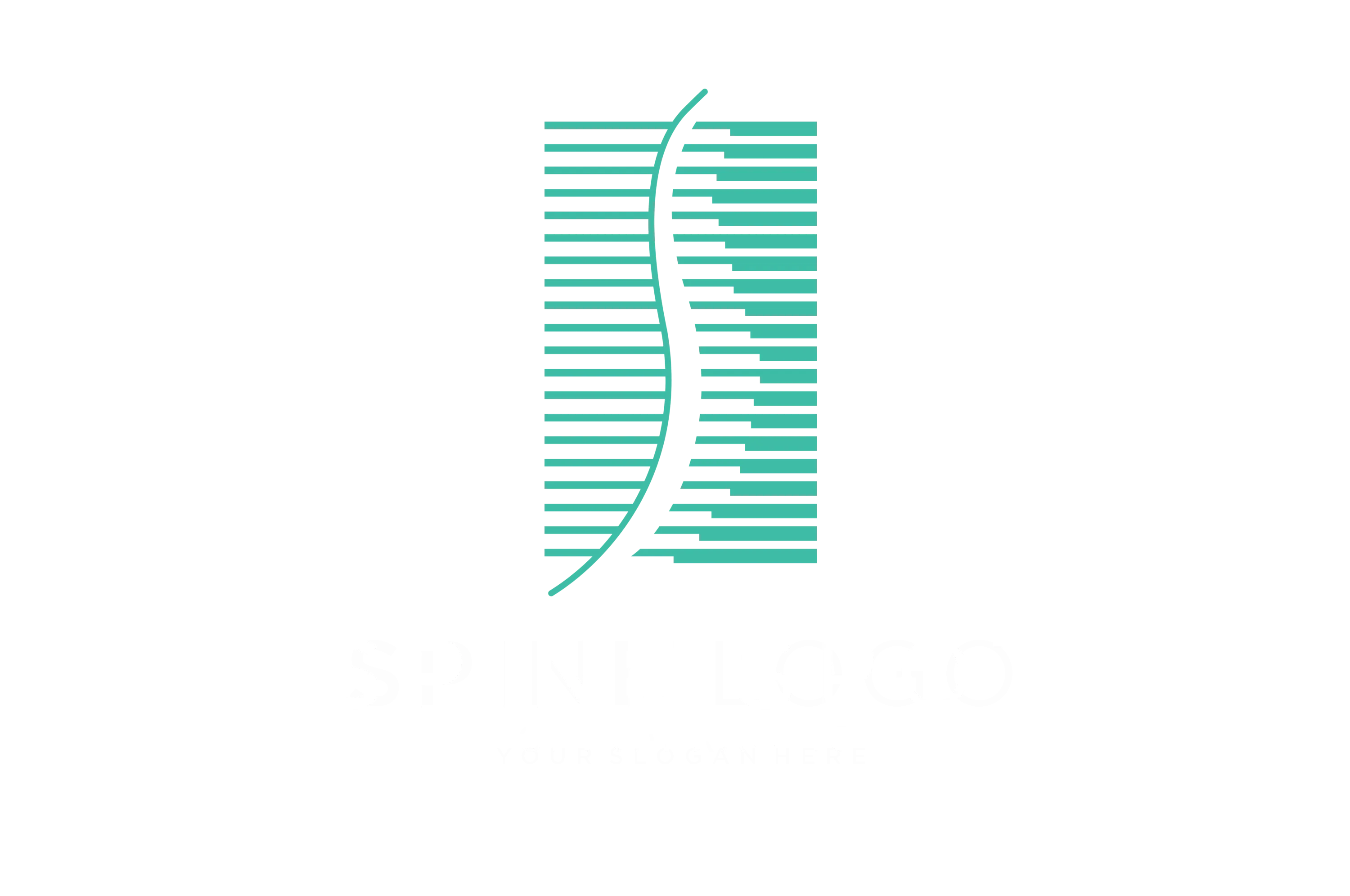Cox Technique
Cox Technique (aka flexion-distraction or F/D) is non-surgical, non-hospital, gentle, well-researched, well-referenced chiropractic spinal adjusting manipulation which, research shows, drops intradiscal pressures to -192 mmHg and increases the foraminal area. Further, Cox Technique realigns and restores the range of motion inherent to the spine while reducing low back pain, especially in radiculopathy (leg pain, arm pain) patients, better than active exercise therapy.
what is the Cox technique?
Cox Technic is spinal manipulation performed on a specially designed chiropractic instrument (The Cox Table for flexion-distraction) which has a movable headpiece and a movable caudal piece (that part on which a patient's legs lie). Each section flexes, extends, laterally bends, and circumducts (a combination of flexion and lateral flexion), tractions, and distracts.
Effectiveness of the technique
Clinically proven to reduce pressure inside the spinal disc, widen the spinal canal, reduce pressure on the spinal nerves, and return motions to spinal joints. Cox Technic is appropriate for low back and leg pain as well as neck and arm pain conditions. Often appropriate, even after spinal surgery.
Cox Technic reduces pain due to disc herniation, slipped disc, ruptured disc, facet syndrome, stenosis, spondylolisthesis, neck pain, arm pain, leg pain, sciatica, and much more.
Cox Technic is non-surgical, doctor-controlled, hands-on care for spinal pain conditions. It is low force and uses finesse rather than abrupt force to help restore normal motion to the spine.
Cox Flexion Distraction
The Cox Flexion Distraction technique is a widely recognized method used in chiropractic care for the management of back pain and related spinal conditions. It entails a non-surgical, gentle spinal manipulation to relieve pain and improve spinal function. This article aims to provide an in-depth understanding of the Cox Flexion Distraction technique, its benefits, and its applications in chiropractic care.
What is the Cox Flexion Distraction Technique?
The Cox Flexion Distraction technique, also known as flexion-distraction, is a chiropractic technic developed by Dr. James M. Cox. It is a specialized form of spinal manipulation designed to alleviate symptoms of low back pain and promote spinal health. The Cox Technic Flexion-Distraction technique involves the use of a specially designed table that allows controlled and gentle flexion and distraction movements of the spine.
How does the Cox Flexion Distraction Technique Work?
During a Cox Flexion Distraction session, the chiropractor uses the Cox table to apply rhythmic and controlled traction to the spine. This gentle, non-thrusting motion aims to decompress the spinal discs, reduce pressure on spinal nerves, and promote the natural healing of the spine. The technique also helps to restore proper spinal alignment and improve range of motion.
What Conditions Can the Cox Flexion Distraction Technique Help With?
The Cox® Technic or Flexion Distraction and Decompression Spinal Manipulation is commonly used to address a range of spinal conditions, including herniated discs, sciatica, spinal stenosis, facet joint syndrome, spondylolisthesis, and cervical spine issues. PMC research also suggests that it is beneficial in managing radiculopathy, foraminal narrowing, and other issues related to the cervical and lumbar spine.
Are There Any Potential Risks Associated With the Cox Flexion Distraction Technique?
When performed by a qualified chiropractor in a reputable chiropractic clinic, the Cox Technic Flexion-Distraction Technique is considered safe and gentle. However, as with any form of spinal manipulation, there may be a slight risk of minor soreness or discomfort following the treatment, which is often reported in chiropractic clinics. It is essential to consult with a healthcare professional to determine the suitability of the Cox Technic for addressing individual cases of leg and neck pain.
How Can a Chiropractor Help With Cox Flexion Distraction?
When seeking chiropractic management utilizing Cox Flexion-Distraction and Decompression Spinal Manipulation, individuals can expect personalized care tailored to their specific condition and needs. Chiropractors skilled in the use of the Cox technique will conduct a comprehensive assessment to evaluate the patient's spinal health and develop a targeted treatment plan.
What Should I Expect During a Cox Flexion Distraction Session With a Chiropractor?
During a Cox Technic Flexion-Distraction session in a chiropractic clinic, the practitioner will guide the patient through the process, explaining each step, and ensuring their comfort. The controlled movements of the Cox table allow for gentle stretching and mobilization of the spine, providing relief from pain and promoting spinal health.
How Many Sessions of Cox Flexion Distraction Might Be Needed for Relief?
According to PMC, the number of sessions required for the Cox Technic Flexion-Distraction treatment varies depending on the severity of the condition and the individual's response to treatment. While some individuals may experience significant relief after a few sessions, others with more chronic or complex issues may require ongoing care to achieve lasting improvement in their spinal health.
What are the Benefits of Seeking Chiropractic Management Utilizing Cox Flexion Distraction?
The Cox Flexion-Distraction Technique offers numerous benefits, which include pain relief, improved spinal function, and enhanced mobility, as confirmed in randomized clinical trials. By addressing the root causes of back pain and spinal conditions, chiropractic care utilizing the Cox technique aims to provide long-term relief and support overall spinal health.
What Are the Benefits of Cox Flexion Distraction for Back Pain?
Cox Flexion-Distraction has been particularly effective in treating back and neck pain associated with disc herniation. By applying controlled traction and flexion-distraction movements, the technique helps to reduce pressure on the affected discs, alleviate pain, and facilitate the natural healing process of the spine.
How Does Cox Flexion Distraction Help in Treating Herniated Discs?
The gentle and targeted nature of the Cox Flexion-Distraction Technique allows for precise decompression of the spinal discs, researchers in the PMC have found that it effectively reduces the herniation and associated symptoms in the cervical spine. This can lead to a reduction in pain and discomfort, promoting the gradual healing of the affected discs.
Can Cox Flexion Distraction Relieve Leg and Arm Pain Associated With Spinal Issues?
Yes, the Cox Technic, also known as Cox Flexion Distraction, is beneficial in addressing leg pain and other referred pain in the arms that stems from spinal issues. The randomized clinical trial comparing flexion and distraction methods confirms that by promoting proper spinal alignment and reducing nerve impingement, Cox Flexion-Distraction Technique can provide relief from radiating spine pain associated with conditions such as sciatica or cervical radiculopathy.
What Is the Role of Cox Flexion Distraction in Spinal Decompression?
In a randomized clinical trial comparing flexion-distraction with other methods, Cox® Technic played a vital role in spinal decompression by gently stretching the spine and creating space between the vertebrae. This decompressive effect helps to alleviate pressure on the spinal discs and nerves, promoting a conducive environment for the healing of spinal conditions.
Is Cox Flexion Distraction Suitable for Everyone With Low Back Pain?
While Flexion Distraction and Decompression Spinal Manipulation, also known as Cox Flexion Distraction, is generally well-tolerated, there are certain contraindications and considerations involving neck pain to be aware of. Individuals with severe osteoporosis, spinal fractures, or advanced joint disease may not be suitable candidates for the technique. It is important to consult with a chiropractor to determine the appropriateness of the Cox Flexion Distraction and Decompression Spinal Manipulation for specific cervical spine cases.
Are There Any Contraindications for Using Cox Flexion Distraction?
Contraindications for Cox Flexion Distraction may include acute fractures, tumors, osteoporosis, and certain spinal conditions that require surgical intervention. Additionally, a Clinical Trial comparing Flexion Distraction and other methods has found that individuals with spinal instability or those who have undergone spinal fusion may not be suitable candidates for this technique.
What Types of Disc Conditions Can Benefit From Cox Flexion Distraction?
At our chiropractic clinic, we implement Cox Flexion-Distraction Technique which is beneficial for addressing a range of disc conditions, including herniated discs, degenerative disc disease, and disc protrusion. The gentle and targeted approach of the technique allows for precise decompression and relief from the symptoms associated with these disc-related issues.
How Does Cox Flexion Distraction Differ From Other Chiropractic Techniques for Low Back Pain?
Unlike some other chiropractic techniques that involve more forceful thrusts or manipulations, Cox® Flexion Distraction is characterized by its gentle and controlled approach. This makes Cox Flexion-Distraction particularly suitable for individuals with chronic leg pain, acute or chronic low back pain, as well as those seeking a non-invasive and conservative treatment option.
How Can Cox Flexion Distraction Help With Spinal Rehabilitation?
In the context of spinal rehabilitation, Cox Flexion Distraction can play a valuable role in managing foraminal narrowing, a condition characterized by the narrowing of the openings through which spinal nerves pass. The gentle stretching and decompression provided by the technique can alleviate pressure on the affected nerves, contributing to rehabilitation and pain relief.
What Role Does Cox Flexion Distraction Play in Managing Foraminal Narrowing?
By creating space within the spinal canal and reducing compression on the spinal nerves, Cox Flexion Distraction can help manage the symptoms associated with foraminal narrowing. This targeted approach aims to improve nerve function and alleviate pain and discomfort stemming from this condition.
Are There Any Specific Exercises or Stretches That Complement Cox Flexion Distraction?
Chiropractors may recommend specific exercises and stretches to complement the effects of Cox Flexion Distraction. These exercises aim to improve spinal flexibility, strengthen supporting muscles, and enhance overall spinal health using the Flexion-Distraction Technique. When combined with the technique, targeted exercises can contribute to the long-term management of spinal conditions.
Can Cox Flexion Distraction Improve Overall Spinal Health and Mobility?
Yes, Cox Flexion-Distraction is considered beneficial for improving overall spinal health, reducing neck pain, and promoting mobility. A randomized clinical trial comparing flexion-distraction to other methods highlighted that by addressing the underlying causes of spinal pain and dysfunction, this technique supports the natural healing process of the spine, contributing to improved function and mobility over time.
Our Locations
The Cox Flexion/Distraction technique is one of the many adjusting methods utilized by Dr. Fraser.
Chiropractic Adjusting Techniques
- Diversified
- Gonstead
- Thompson
- Activator
- Extremities
- Cox Flexion/Distraction
- Webster's
- Palmer Package
- Toggle
- SOT
Want to try chiropractic adjustments in Basalt, CO?
Dial 970-924-1015 to reach Dr. Fraser and schedule a treatment session.

